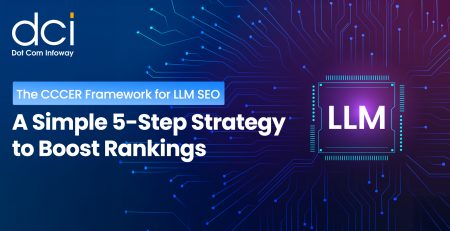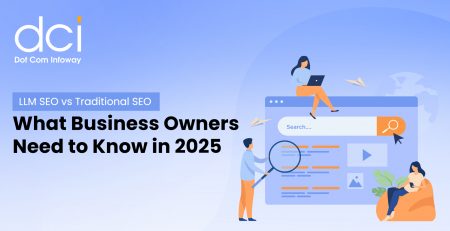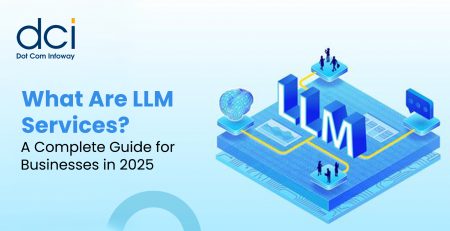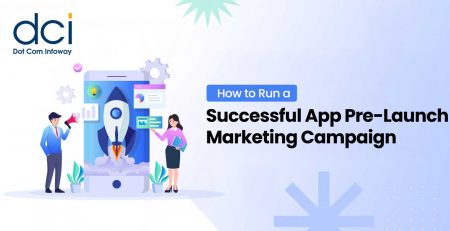[Checklist] A Comprehensive App Development Guide to Build Your Mobile App
Mobile app developers know very well the processes and intricacies inherent in app development. To the non expert and uninformed, it might appear thoroughly complicated to create mobile app. But if we are going to list them down step-by-step, it won’t be a stretch to say that mobile app development is no different from any other kind of software development. And any mobile app development company will probably say the same.
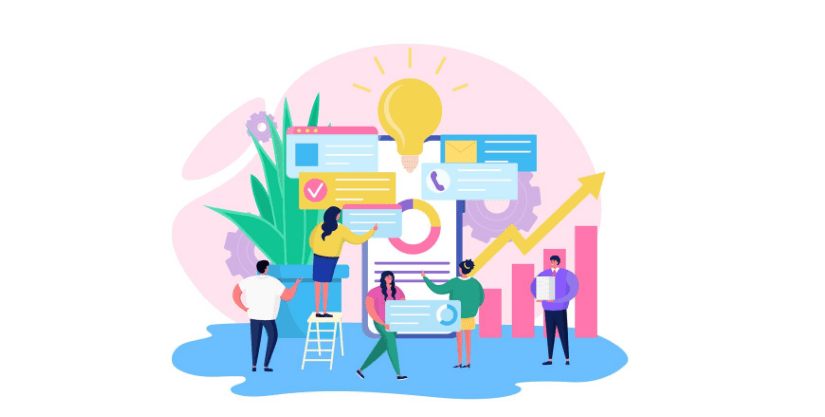
Like in other kinds of software development, app development follows a life cycle of planning, building, designing, testing, and deployment. Knowing this information can greatly help you when the time comes when you need to explain how you want your app to look and function. It can also help you to create your own mobile app development checklist so you won’t make any mistakes before, during, and after the app has been developed. When the questions “How to create a mobile app for your business?”, “how to develop an app for beginners?” raised on your mind, you have to prepare the mobile app development checklist & review the best mobile app development guide to build your app.
That said, we have outlined every stage in the development process & app development tools via this app development guide for your ready reference.
First Step – Inception or Discovery Phase
This is technically the stage where you begin sowing the seeds of your app. After all the planning, entering the inception phase means you are committing to create mobile app. This stage also includes revealing and describing your app idea to the company or development team you have chosen to work with.
Be sure to clarify all the pertinent details with each other. Besides revealing your app idea, description of the project, and possible app mockups, you should also be mindful of the following documentations.
| Document | Conditions | Responsibilities of |
| Technical documentation for MVP (minimum viable product) scope | Client’s business idea, app descriptions, and mockups | PM, BA |
| System components architecture | Taking into consideration the need to integrate a third-party system, writing or working with existing API, or modifying its frontend and backend | PM, Architect |
| Technical Investigation Report | Figuring out the best time to integrate third-party systems and recommending solutions to certain tasks | DevOps, Backend developer, PM, BA |
| Audit Report | Working with the system already in place | PM, Developer, QA, BA, DevOps |
| Marketing Strategy | Offering post-inception services | Marketing specialist, PM, Designer |
| Presentation | Offering post-inception services | Marketing specialist, PM, Designer |
In the end, the inception phase should make it clear to the development team your specific requirements, the project’s feasibility, and determine the mobile app’s MVP scope.
Second Step – Technical Documentation Phase
The technical documentation phase outlines everything discussed in the inception phase. It basically serves as a manual of the app and serves to document everything from start to finish. Tools we normally use for this phase include Google Docs, Sheets, Presentations, Google Drive, and our own project management system.
That said, expect this phase to provide an account of everything concerning your app. You’ll find most documents structured as such:
- Intro
- Explanation of the app’s purpose
- Definitions of technologies that will be used
- Tests that need to be done
- Timeframe
- Budget
- Concerns and doubts
What steps do development teams usually take during the lengthy technical documentation stage?
Here they are as follows:
- Keep a smooth stream of communication with the client to know the projected volume of app users.
- Freely recommend alternatives and other methods for which the project can be fulfilled.
- Know the app’s primary functions
- Expound on the level of requirement
- Suggest the app’s interface structure
- Classify the overall app architecture
Once the preliminary technical documentation has been created, only then do the teams discuss costs and scope with the client. With all the requirements known by the team, it’s now their duty to construct an app development project plan, which should include all basic features that need to be added as well as possible functionalities that can be implemented.
Third Step – App Prototype Phase
The development team then builds a prototype of the app based on the requirements and technical documentation shared in the previous stages to create mobile app. Oftentimes, the team uses a sketch first to demonstrate how the app flow will look. But for us, we also rely on wireframes to provide better visualization of the app’s structure.
Afterward, we develop the actual prototype that the client can already interact with and get a basic feel of fundamental features. Next, we collect and put together all the wireframes to finalize the design. We use Invision, Marvel, Balsamiq, and Framer as primary tools to do these tasks.
Fourth Step – Designing Phase
With the prototype now available, UI/UX designers can now start working on the app’s design. Of course, this always takes into consideration screen sizes that your app has to accommodate. Expect the team to already be able to demonstrate to you how the app will flow and feel.
Since we’re dealing with design, the development team should start focusing on developing visual elements like app navigation layout, buttons, text fields, icons, among others. How long this stage lasts depends a lot on how complex your app is. DCI’s design team relies primarily on Adobe XD, Sketch, Invision, to cite a few, for this phase.
At the end of the design phase, the development team should beagle to provide you with:
- Separate app designs for Android and iOS
- The UX wireframe
- A more interactive prototype
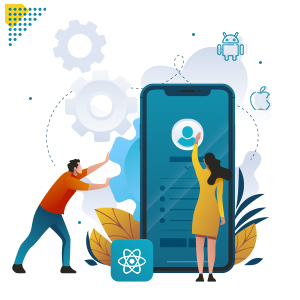
Are You Looking for a Mobile App Developing Expertise?
Dot Com Infoway is a leading mobile app development company, which creates scalable and interactive mobile applications that can amplify the level of user experience to meet any specific business requirements.
Fifth Step – Development Phase
This stage, as its label implies, is where the bulk of the actual app development takes place. The team will start developing the basic frontend and backend aspects of the app. Depending on the platform, we use the following technologies:
| Platform | Technology |
| Android | AndroidNDK, JAVA, Kotlin |
| iOS | Swift, Objective-C |
| Cross Platform | ReactNative, Flutter, Ionic |
To ensure transparency, we provide regular updates to the client all throughout the entire development phase. This is why we also ensure that effective communication channels are always kept in place.
Sixth Step – Testing Phase
Testing eliminates any potential issue so it should never be skipped. Our development team usually conducts different types of tests to apps like device compatibility tests (makes sure the app can be run in various screen sizes), security tests (ensures data is never compromised), interface tests (checks whether essential aspects like navigation and buttons are working properly).
Unless requested by the client, the project will not advance to the last phase until we are satisfied with all tests and the tune-ups have been done.
Seventh Step – Deployment Phase
Post-development deployment paves the way for optimal mobile app marketing. This considered, the deployment phase mainly deals with the preparatory steps you should take to fulfill app marketplace requirements. Use the following as a table to know what you need to do for both iOS and Android apps.
| Android | iOS |
| Test the app’s quality | Test the app for further issues (i.e. bugs, crashes, etc.) |
| Confirm the app’s total size, screen compatibility range, and platform | Explain possible in-app purchases and other features that are not readily apparent in the App Review notes |
| Specify the app’s content rating | Make sure that all vital app information and metadata is correct and complete |
| Prepare promotional tools (e.g. videos, screenshots, and other visuals) | Make a demo account available with required login info included |
| Develop and upload the finalized APK | |
| Plan the beta release |
Of course, any app development project is never complete without a server (at least, this applies to the majority of apps being developed nowadays). We make sure to use platforms that capitalize on cloud technology to the fullest like AWS, Google Firebase, Azure, etc. for high scalability and faster app performance.
Conclusion
Almost all kinds of effective mobile app development follow a seamless procedure from start to finish. And even then, an app never really sheds its ability to grow, assuming it was built with scalability in mind (which is almost always a given nowadays). Now that you have a solid inkling of the mobile app development life cycle, it should be easier for you to plan, budget, and make crucial decisions as your app enters each development stage.

